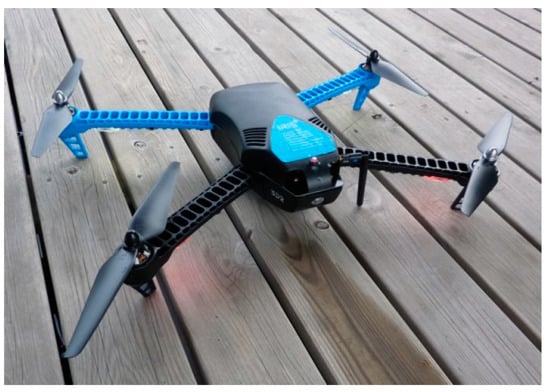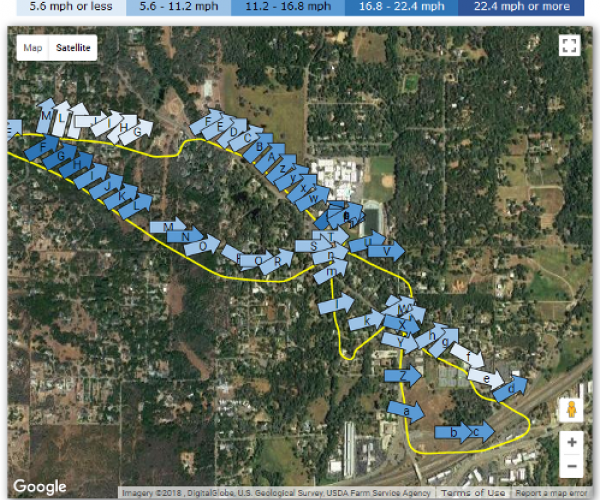I read on a thread about someone using a drone to determine down range winds for ELR shooting. I’m sure there are some high end ones that do that, but I was wondering if anyone is using somewhat entry level drones to do so.
I have a DJI Mini II. It has a rudimentary attitude indicator (of sorts, not exactly like an aircraft unit) that would probably let you estimate wind direction to within one clock position and speed up to the max speed of the drone. Here is a YouTube video describing the process.
Does anyone have a better way of getting a more exact wind speed? Are there other models of drones that give a better indication? Thanks.
Mike
I have a DJI Mini II. It has a rudimentary attitude indicator (of sorts, not exactly like an aircraft unit) that would probably let you estimate wind direction to within one clock position and speed up to the max speed of the drone. Here is a YouTube video describing the process.
Does anyone have a better way of getting a more exact wind speed? Are there other models of drones that give a better indication? Thanks.
Mike



